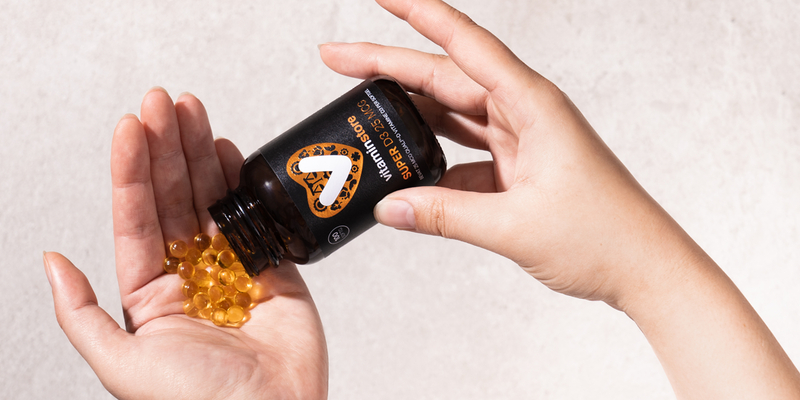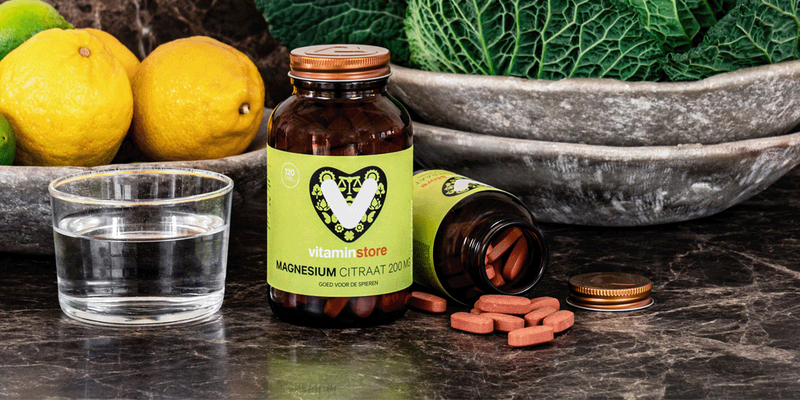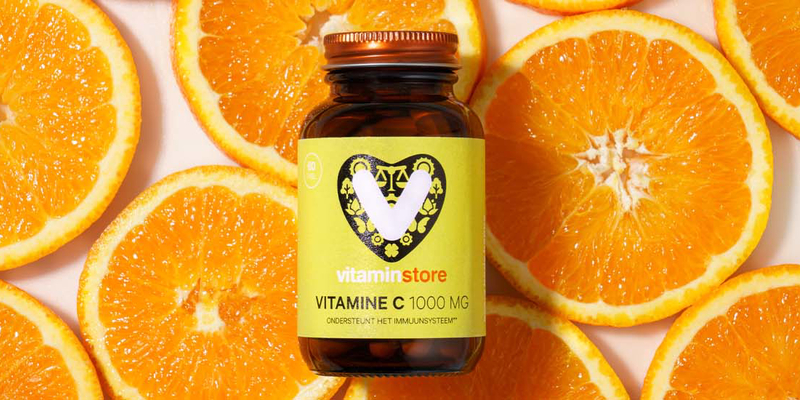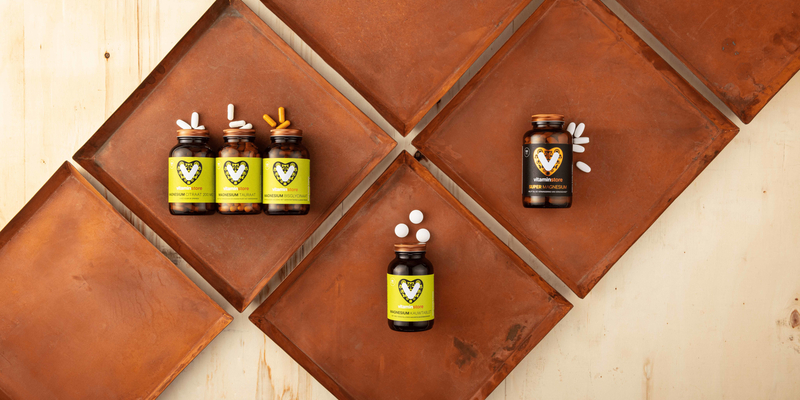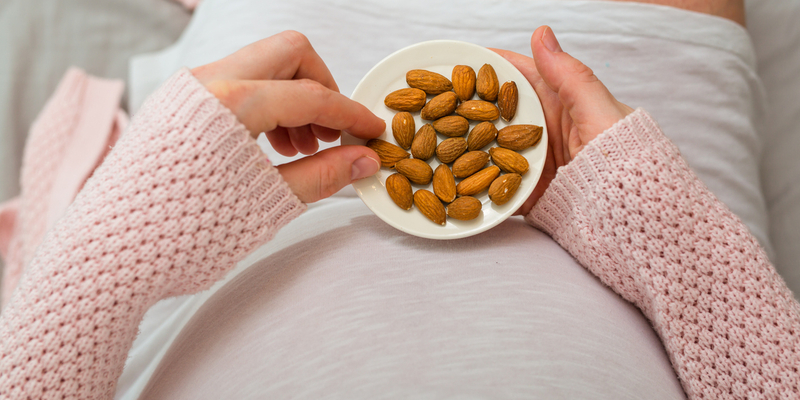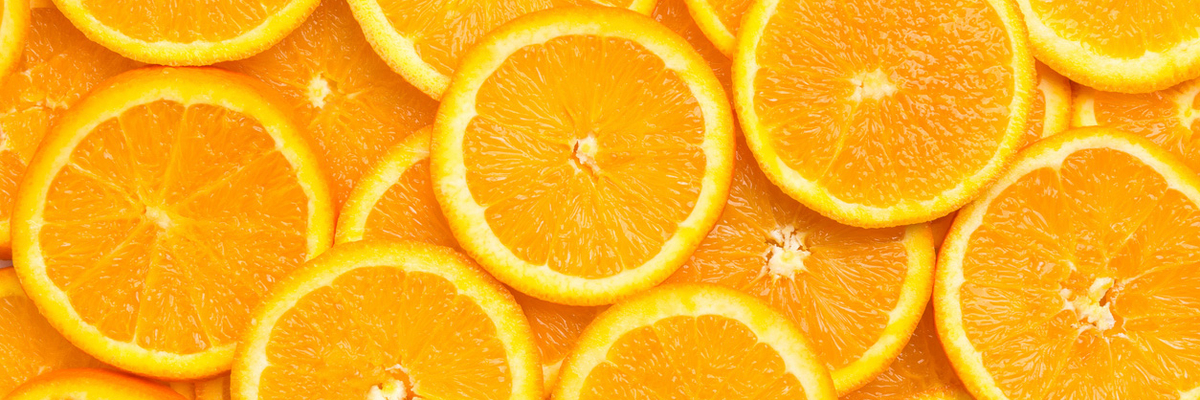
What contains a lot of vitamin C? Foods rich in vitamin C
We've all often heard that vitamin C is important, good for our immune system, and that we need to eat fruits and vegetables to get enough of it. Unlike many animals, humans cannot produce vitamin C themselves. Therefore, it is especially important for us to obtain sufficient amounts through diet or supplements. But why exactly do we need vitamin C so much? And what really contains a lot of vitamin C? Let’s figure it out.
What does vitamin C do?
Vitamin C, also known as L-ascorbic acid, is a water-soluble substance that plays an important role in many functions in our body. Since we cannot produce it ourselves, we are entirely dependent on our diet to meet our daily needs. Some of the most important processes in which vitamin C plays a role are:
- Supporting the immune system
- Acting as an antioxidant and protecting against harmful external influences
- Helping in the production of collagen
- Necessary for the proper absorption of iron
How much vitamin C do you need?
The recommended daily allowance (RDA) for vitamin C is set at 75mg per day for adults. Different values are established for children and pregnant women. Read here how much vitamin C you need per target group.
Fun fact: Did you know that the adrenal glands, pituitary gland, thymus (a gland in the chest important for the immune system), retina, and the corpus luteum (also known as the yellow body, an organ formed in women shortly after ovulation that produces hormones) contain the highest percentage of vitamin C in the body? Up to 100 times more vitamin C than in the blood.
Is there a lot of vitamin C in food?
Yes, fortunately! Vitamin C is present in many different foods, especially in fruits and vegetables. Topping the list are the Kakadu Plum, acerola cherry, camu camu, rosehip, and a few other fruits that we don't really eat much of. Fortunately, there are plenty of alternatives at your local greengrocer or supermarket to get your daily dose of vitamin C.
These fruits contain the most vitamin C
Fruit is one of the tastiest ways to increase your vitamin C intake. Here is the fruit with the most vitamin C:
Guava: 200mg vitamin C
If you can find these, it's a good idea to take them with you. We love them. Not only is it a beautiful fruit, but it also contains about 200mg of vitamin C per 100g! Additionally, it's a delicious, refreshing fruit, especially nice in summer.
Blackcurrants: 180mg vitamin C
Blackcurrants are small, powerful berries packed with vitamin C. A portion of 100g blackcurrants contains about 180mg of vitamin C. Perfect in your yoghurt, smoothie, or as an addition to your glass of water.
Kiwi: 75mg vitamin C
A kiwi is truly a vitamin C bomb. A kiwi contains about 75g of vitamin C and immediately covers the RDA.
Lychee: 71.5mg vitamin C
Lychees are small sweet fruits that contain about 71.5mg of vitamin C per 100g. A tasty addition to your fruit salad and a recommendation for desserts.
Papaya: 90mg vitamin C
Half a papaya is good for about 90-120mg of vitamin C. Delicious as breakfast, for example filled with yoghurt and granola, or in a smoothie.
Orange: 65mg vitamin C
Oranges are perhaps the most well-known source of vitamin C. One orange contains about 65mg of vitamin C, a large part of your daily requirement.
Strawberry: 60mg vitamin C
Sweet and juicy, and also very high in vitamin C: 60mg per 100g of strawberries.
Lemon: 30mg vitamin C
We don't eat a lemon straight from the hand, of course, but you can certainly benefit from adding lemon juice to your food, tea, or water more often to increase your vitamin C intake: One lemon is good for 30-40mg of vitamin C.
Banana and apple don't contain much vitamin C
Unfortunately. A banana contains about 8-9mg of vitamin C and an apple about 4mg. Fortunately, they contain other important substances, because you don't eat them for the vitamin C.
 /en
/en
Vitamin C in vegetables
Besides fruit, there are many vegetables rich in vitamin C. The challenge with vitamin C in vegetables is that it is quickly lost when heated. Therefore, it is best to steam the vegetables briefly or eat them raw.
Bell pepper: 150mg vitamin C
Leading the way is the bell pepper, in various forms. The red variant contains the most vitamin C, namely about 150-190mg per piece, but the green and yellow are also rich in vitamin C. Bell peppers are, of course, deliciously versatile and easy to add to your meals.
Kale: 120mg vitamin C
Kale is super rich in vitamin C and contains about 120mg of vitamin C per 100g serving. Steam it briefly before adding it to a salad or smoothie.
Watercress: 70mg vitamin C
One of our favourite vegetables and very easy to use in a salad. Watercress contains 70mg of vitamin C per 100g. Also very tasty to make pesto with!
Broccoli: 65mg vitamin C
Also a vitamin C bomb. It is good for 65mg of vitamin C per 100g serving. Or if you prefer to eat it raw: 90mg of vitamin C in 100g of broccoli.
Brussels sprouts: 62mg vitamin C
Delicious steamed or roasted: Brussels sprouts! Of course, especially a favourite in winter. They contain about 62mg of vitamin C per 100g of sprouts.
Cauliflower: 45mg vitamin C
Cauliflower is a super versatile vegetable that contains about 45mg of vitamin C per 100g. You can eat it raw, steamed, or roasted and season it to taste.
Red cabbage (raw): 57mg vitamin C
Super tasty to make salads from or traditionally knead into sauerkraut. Red cabbage contains quite a bit of vitamin C: a 100g serving of raw red cabbage contains 57mg of vitamin C.
Other ways to get enough vitamin C
Besides fruits and vegetables, don’t forget the power of fresh herbs. Did you know that chives and parsley are packed with vitamin C? You’re right, you won't quickly eat 100g of them, but they can still be a good addition to your meal. Our tip? Make a delicious pesto out of them! Tasty and healthy at the same time.
Additionally, some foods are also fortified with extra vitamin C. Read the labels carefully to see how much vitamin C they contain.
Fun fact: Most animals produce vitamin C themselves in their liver. It is said that a dog produces 36mg of vitamin C per kg of body weight. Converted, this would mean that someone weighing 60kg would need to produce (or ingest!) 2160mg of vitamin C per day. Fortunately, the amount, as you have read, is much lower for us, at about 75mg per day to prevent deficiencies.
Good to know
Vitamin C is an important nutrient, and our body needs a lot of it to function properly. By regularly eating foods that contain the most vitamin C, such as guava, blackcurrant, kiwi, lychee, orange, strawberry, papaya, lemon, red bell pepper, watercress, kale, broccoli, Brussels sprouts, cauliflower, spinach, kohlrabi, and tomatoes, you can support your immune system.
Sources
- Bozonet SM, Carr AC. The Role of Physiological Vitamin C Concentrations on Key Functions of Neutrophils Isolated from Healthy Individuals. Nutrients. 2019 Jun 17;11(6):1363. doi: 10.3390/nu11061363. PMID: 31212992; PMCID: PMC6627200.
- Esmaeilizadeh M, Hosseini M, Beheshti F, Alikhani V, Keshavarzi Z, Shoja M, Mansoorian M, Sadeghnia HR. Vitamin C improves liver and renal functions in hypothyroid rats by reducing tissue oxidative injury. Int J Vitam Nutr Res. 2020 Jan;90(1-2):84-94. doi: 10.1024/0300-9831/a000495. Epub 2019 Feb 21. PMID: 30789800.
- Yi Li, Herb E. Schellhorn, New Developments and Novel Therapeutic Perspectives for Vitamin C1,2, The Journal of Nutrition, Volume 137, Issue 10, 2007, Pages 2171-2184, ISSN 0022-3166,
- Palmieri B, Vadalà M, Laurino C. Nutrition in wound healing: investigation of the molecular mechanisms, a narrative review. J Wound Care. 2019 Oct 2;28(10):683-693. doi: 10.12968/jowc.2019.28.10.683. PMID: 31600106.
- Pullar JM, Carr AC, Vissers MCM. The Roles of Vitamin C in Skin Health. Nutrients. 2017 Aug 12;9(8):866. doi: 10.3390/nu9080866. PMID: 28805671; PMCID: PMC5579659.
- Wang AH, Still C. Old world meets modern: a case report of scurvy. Nutr Clin Pract. 2007 Aug;22(4):445-8. doi: 10.1177/0115426507022004445. PMID: 17644699.
- My Food Data, Nutrient Ranking Tool, Vitamin C, Fruits highest in grams via https://tools.myfooddata.com/nutrient-ranking-tool/vitamin-c/fruits/highest/grams/common/no
- My Food Data, Nutrient Ranking Tool, Vitamin C, Vegetables highest in grams via https://tools.myfooddata.com/nutrient-ranking-tool/vitamin-c/vegetables/highest/grams/common/no
- Alkaline For Life, Vitamin C and Stress, Jul 23, 2020 via https://alkalineforlife.com/blogs/news/vitamin-c-and-stress


